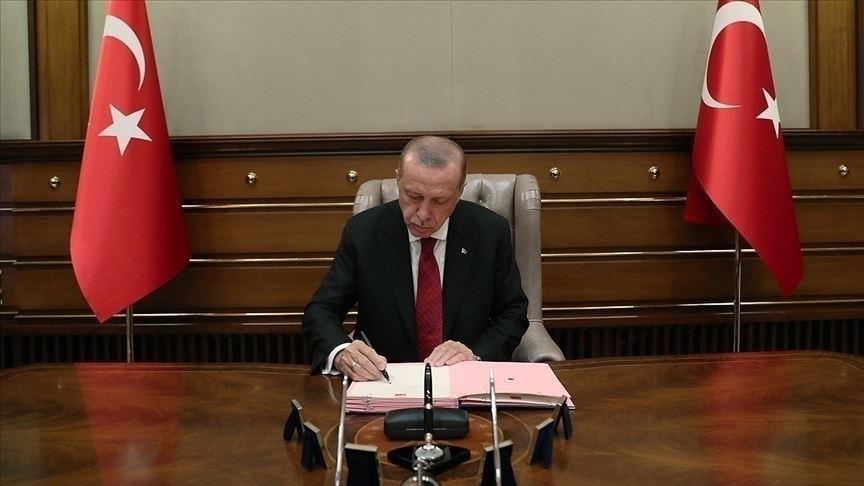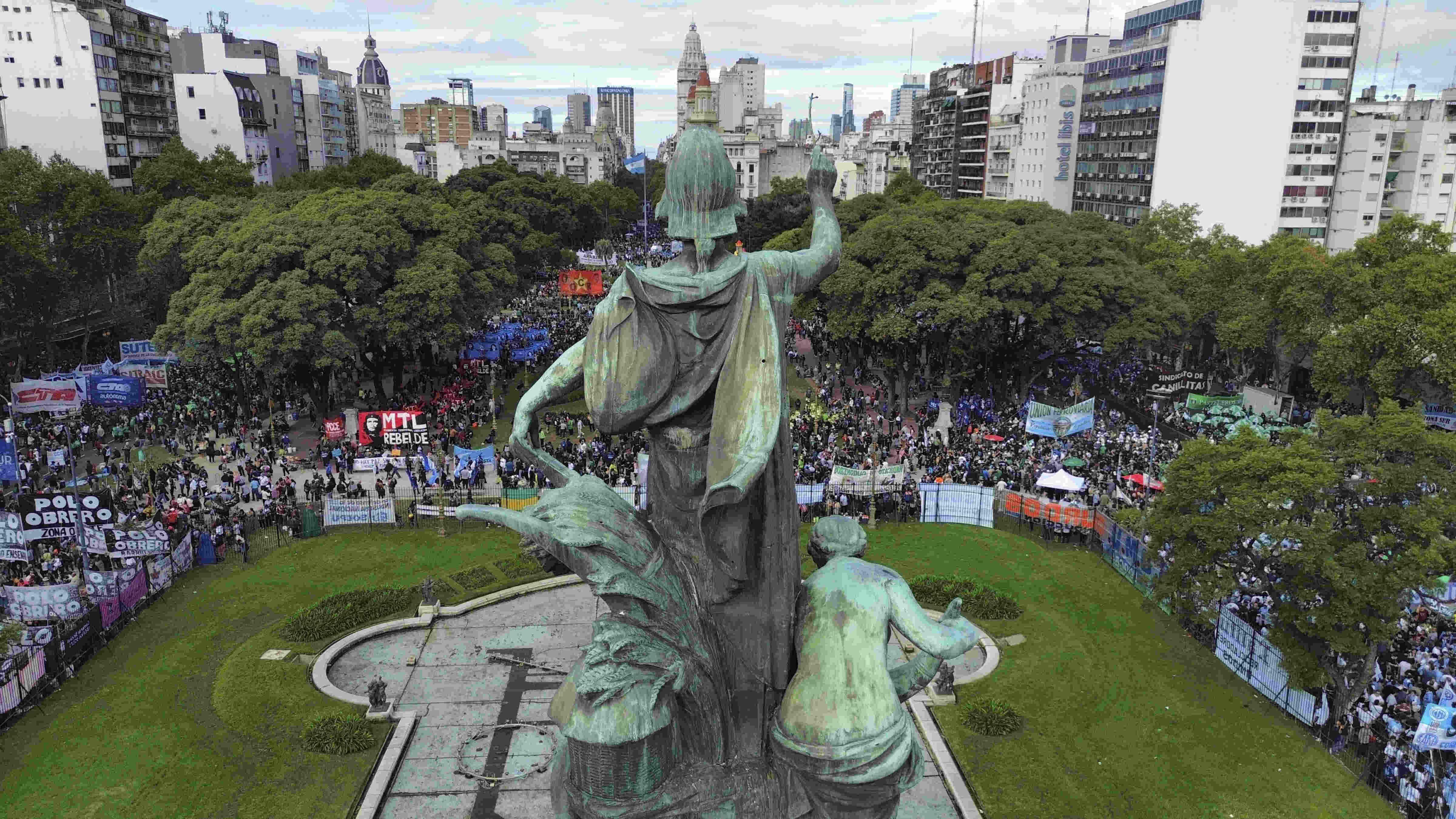Maalouf’s comment on ‘identity’ inspires artists
ISTANBUL - Hürriyet Daily News

The exhibition highlights Europe’s multilingualism and multiculturalism, It also searches for the meaning of identity.
In his collection of essays titled, “Les Identités Meutrieres” (In the Name of Identity: Violence and the Need to Belong), Amin Maalouf writes, “History is humanity’s identity. Identity isn’t given once and for all; it is built up and changes throughout a person’s lifetime.”Maalouf’s words inspired artists, ultimately laying the groundwork for an exhibition that fuses literature, music and visual arts.
Curated by Marketta Haila, “Tidelines” is on display at Borusan Music House, providing a cross-disciplinary collaboration between artists that uses space, time, music and visual art to explore identity in the current global culture. Visual artists Raija Malka, Melek Mazıcı and composer Kaija Saariaho have created an “audiovisual scenic dialogue” for the project.
While the exhibition highlights Europe’s multilingualism and multiculturalism, it also searches for the meaning of identity. In his book, which is also part of the exhibition, Maalouf tries to discover his grandfather Boutros Maalouf’s origins, which becomes an “identity journey” for him.
“The world is a mosaic,” Maalouf writes. “Apart from the human adventure, we are nothing. History… this is simply the narrative of the human adventure, varying according to the era, according to different countries.”
Different dimensions of many different identities present themselves clearly in Maalouf’s texts, especially in “In the Name of Identity,” where he speaks of the paradox of his own life – although born into a Christian minority in Lebanon, his mother tongue is Arabic, the holy language of Islam.

Marketta Haila.
Artists attempt to reflect the “mosaic” and identity that Maalouf speaks of.
Mazıcı’s piece, “Twin Forests and Twin Waters,” focuses on a discussion of how identity reflects two worlds. “In my works I have intended to create a vibrating image of two elements. The components of a picture are from two cultures but united as one image. Images of water, landscapes and the trees of the forests have been photographed in Finland and Turkey.”
Mazıcı installed two pictures upon one another but not touching each other, so that the final image emerges as one piece. It is impossible to separate the two worlds in her work, she said. The two worlds complement each other and create something new.
Malka’s installation merges a three-dimensional space, a flat surface, and voices reading text from Maalouf’s book. Malka’s installation, which also consists of pieces of colored wood, might be a metaphor for the ever-changing identity and mosaic world.
“Time is suspended and creates an atmosphere of lingering immobility. Has something just happened, or is something just about to happen? Everything is still, and yet one can feel the presence of a living spirit. The story is not yet told but something proceeds in our imagination,” she said.
Saariajo’s work, meanwhile, only deals with voice and work of Maalouf. The sound installation of Saariajo is titled “Tidelines.”
The installations in the exhibition take up two floors. Malka and Mazıcı’s works are accompanied by Saariajo’s composition, an aural landscape, as well as texts by Maalouf. As a whole, “Tidelines” is an audiovisual scenic dialogue, in which changing colors and lights will immerse the viewer into a spatial “Gesamtkunstwerk,” an experience of music, sound, text, color, surfaces – and change.
The exhibition began Nov. 1 and will continue until Nov. 28.
A tideline refers to the point where two currents converge in the ocean. The plural refers to driftwood, seaweed, foam and other floating debris that accumulate to form sinuous lines.
















